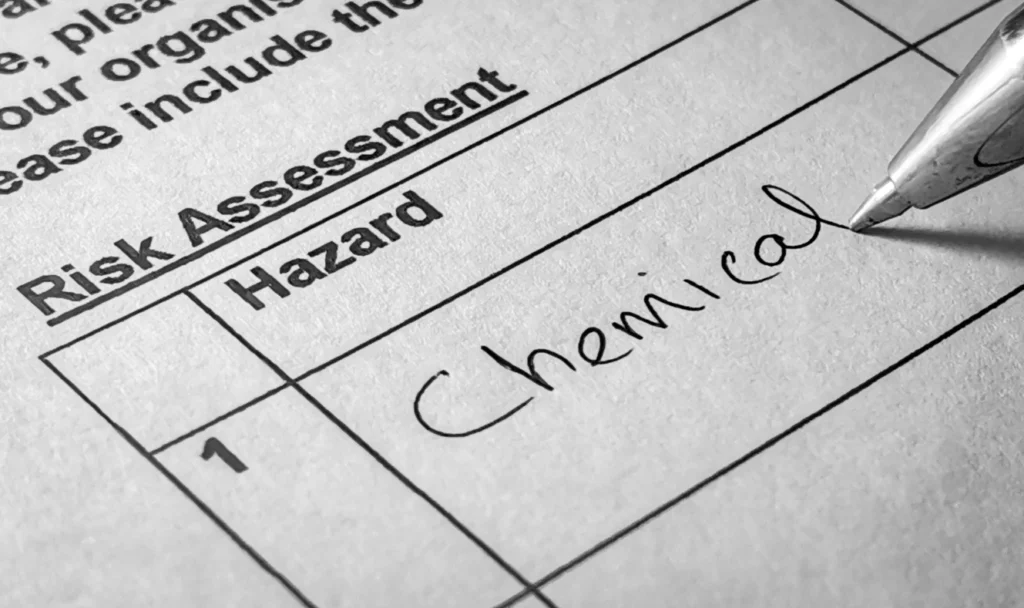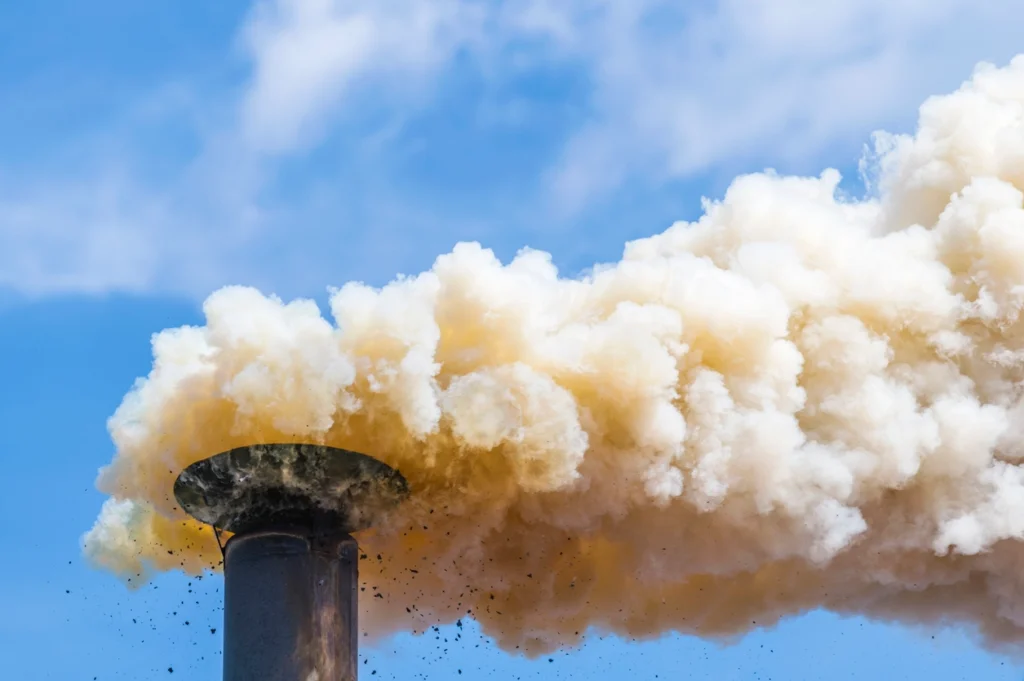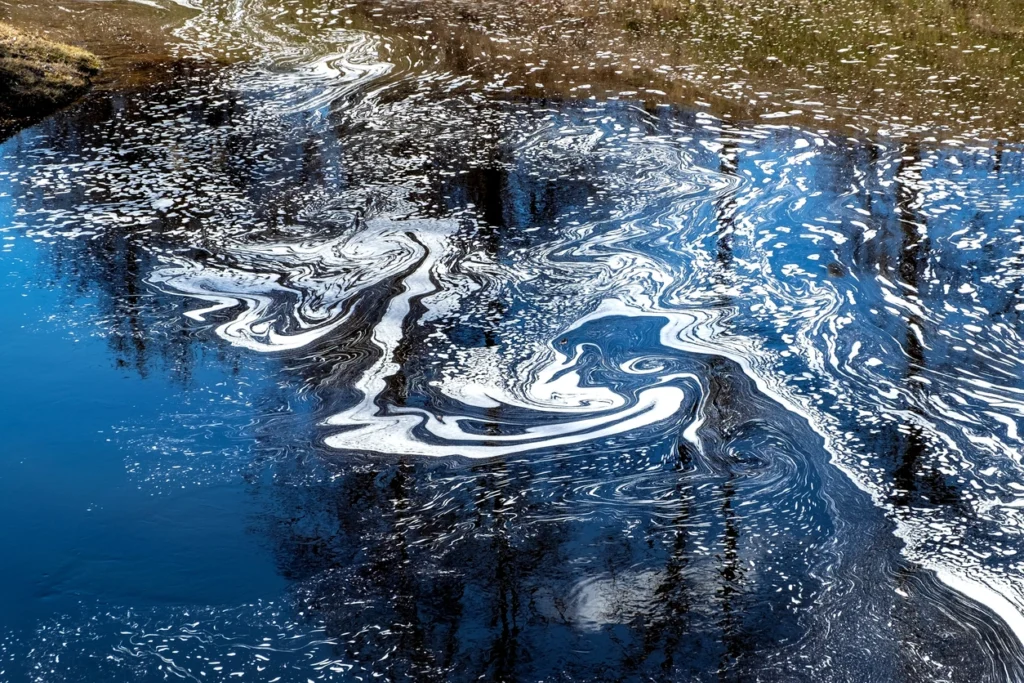Buying or developing a property is an exciting but complex undertaking. Hidden environmental issues can derail your plans and create costly surprises. That’s why Environmental Site Assessments (ESAs) are a crucial part of the process. An ESA report reveals the potential environmental risks associated with a property. Think of it like a background check for the land itself. Just as you wouldn’t buy a house without an inspection, you shouldn’t purchase property without understanding the findings of an ESA.
In this guide, we’ll break down everything you need to know about Phase I ESA reports. We’ll cover what they include, how the process works, and how to interpret the results. Whether you’re a buyer, seller, lender, or simply curious, this guide will provide valuable insights.

The Anatomy of an ESA Report
Think of an ESA report as a detailed health checkup for a piece of property. Just as a medical report has different sections outlining your results, an ESA breaks down the environmental history and potential risks of the land. Here’s a breakdown of the key parts you’ll find:
Executive Summary: The Big Picture
This is a summary of the most important findings and recommendations. It’s a good place to start, but never replace reading the full report with this summary alone.
Site Description & History: Searching for Clues
An ESA digs into the past of a property. Environmental professionals look at things like old maps, aerial photos, and city records to see if previous activities (factories, gas stations, etc.) might have left contamination behind.
Methodology: Following the Blueprint
This section explains how the ESA was conducted. Think records reviews, site visits, and interviews with people familiar with the property. ESAs typically adhere to a strict standard called ASTM E1527-21 to ensure nothing is overlooked.
Findings: Potential Red Flags
This section details any “recognized environmental conditions” (RECs). These RECs signal areas where contamination might be present. The findings can have a big influence on a property’s value or how it can be developed.
Conclusions: Does the Evidence Warrant Concern?
This section sums up whether the ESA uncovered evidence that makes contamination likely. It’s not a final diagnosis, but it guides the next steps.
Recommendations: What Happens Next
Based on the conclusions, the ESA report will recommend further action. This could include a more in-depth Phase II ESA, plans to manage the contamination, or in some cases, a “no further action” recommendation might be given.

Demystifying the ESA Process
Many people know that an ESA is important, but the actual process of conducting one remains a mystery. In this section, we’ll break down the key phases so you have a clearer picture.
Phase I ESA: The Initial Investigation
- Think of it as: A deep dive into records, a visual inspection of the property, and interviews with those who know its history.
- Step-by-step:
- Records Review: Examining historical maps, environmental databases, etc.
- Site Visit: Looking for signs of potential contamination (stains, storage tanks, etc.)
- Interviews: Talking to current or past owners, tenants, and neighbors.
Goal: To identify any recognized environmental conditions (RECs) that warrant further examination.
Phase II ESA: Drilling Down on Suspicions
- When it’s needed: If the Phase I turns up RECs, a Phase II digs deeper – literally!
- Techniques: This might involve soil sampling, groundwater testing, or installing monitoring wells.
- Aim: To confirm the presence or absence of contamination, and estimate its extent.
Phase III ESA: Managing the Problem
- If contamination is found: Focus shifts to designing and implementing a cleanup plan.
- Remediation strategies: These can vary widely, from soil removal to ongoing monitoring systems.
- Collaboration is key: Environmental engineers, remediation specialists, and regulatory agencies may be involved.
Glossary: Decoding the Jargon
- ASTM E1527-21: This is the most current standard for conducting Phase I Environmental Site Assessments. It provides a detailed framework to ensure potential risks are thoroughly investigated.
- Brownfield: A property that has previously been used for industrial or commercial purposes and may have contamination present. Brownfields often have potential for redevelopment after appropriate cleanup and environmental assessment.
- Contaminant of Concern (COC): A specific substance found on a site that poses a potential risk to human health or the environment. Common COCs include petroleum products, heavy metals, and certain pesticides.
- No Further Action (NFA): This determination may be made after a Phase I or Phase II ESA if no significant environmental concerns have been identified. It’s important to note that this could change if new information about the site’s history comes to light.
- Phase II ESA: If a Phase I ESA identifies RECs, a Phase II may be needed. This involves more invasive testing, like soil and groundwater sampling, to confirm the presence and extent of any contamination.
- REC (Recognized Environmental Condition): This term refers to a potential source of contamination on a property. Examples include old underground storage tanks, evidence of past spills, or a neighboring property with a history of chemical use.
- Remediation: The process of cleaning up contaminated soil, groundwater, or other environmental media. Remediation techniques can vary widely depending on the type and level of contamination present.
- Risk Assessment: A specialized study that evaluates the potential hazards associated with a contaminated site. It considers factors like the level of contamination, land use patterns, and potential exposure pathways to determine the level of risk for human health and the environment.

The Importance of ESA Reports: What’s Next?
By now, you understand that an ESA report isn’t just a stack of papers — it’s a powerful tool that helps you make informed decisions about property. Whether you’re buying, selling, or lending, an ESA provides valuable insights into potential environmental risks and liabilities.
Remember, an ESA is more than a regulatory checkbox. It’s a crucial step towards protecting your investment, safeguarding the environment, and ensuring the health and safety of future users of the property.
Frequently Asked Questions About Understanding ESA Reports
How much does an ESA cost?
The cost of an ESA varies depending on the size and complexity of the property, the level of assessment needed (Phase I, II, etc.), and regional factors. However, it’s important to remember that an ESA is an investment that can save you from costly surprises down the road.
Who typically orders an ESA?
ESAs are most commonly ordered by buyers, sellers, or lenders involved in a real estate transaction. They can also be required by regulatory agencies in certain circumstances.
Can I review an old ESA report for a property, or do I need a new one?
It’s generally not advisable to rely on an old ESA report. Regulations and standards change over time, and new environmental concerns might have arisen since the original assessment was conducted.
What if the ESA finds contamination?
Don’t panic! An ESA finding doesn’t necessarily mean the property is a lost cause. The type, extent, and location of contamination will influence the next steps. Remediation options can range from straightforward removal to ongoing management plans. Your environmental consultant can guide you through the best course of action.
Can an ESA delay my real estate transaction?
ESAs do take time to conduct properly, but they shouldn’t significantly delay a transaction if planned for early on. Factors like the complexity of the site and the need for further assessment (Phase II) will affect the timeline. Be sure to factor the ESA process into your overall project schedule.





